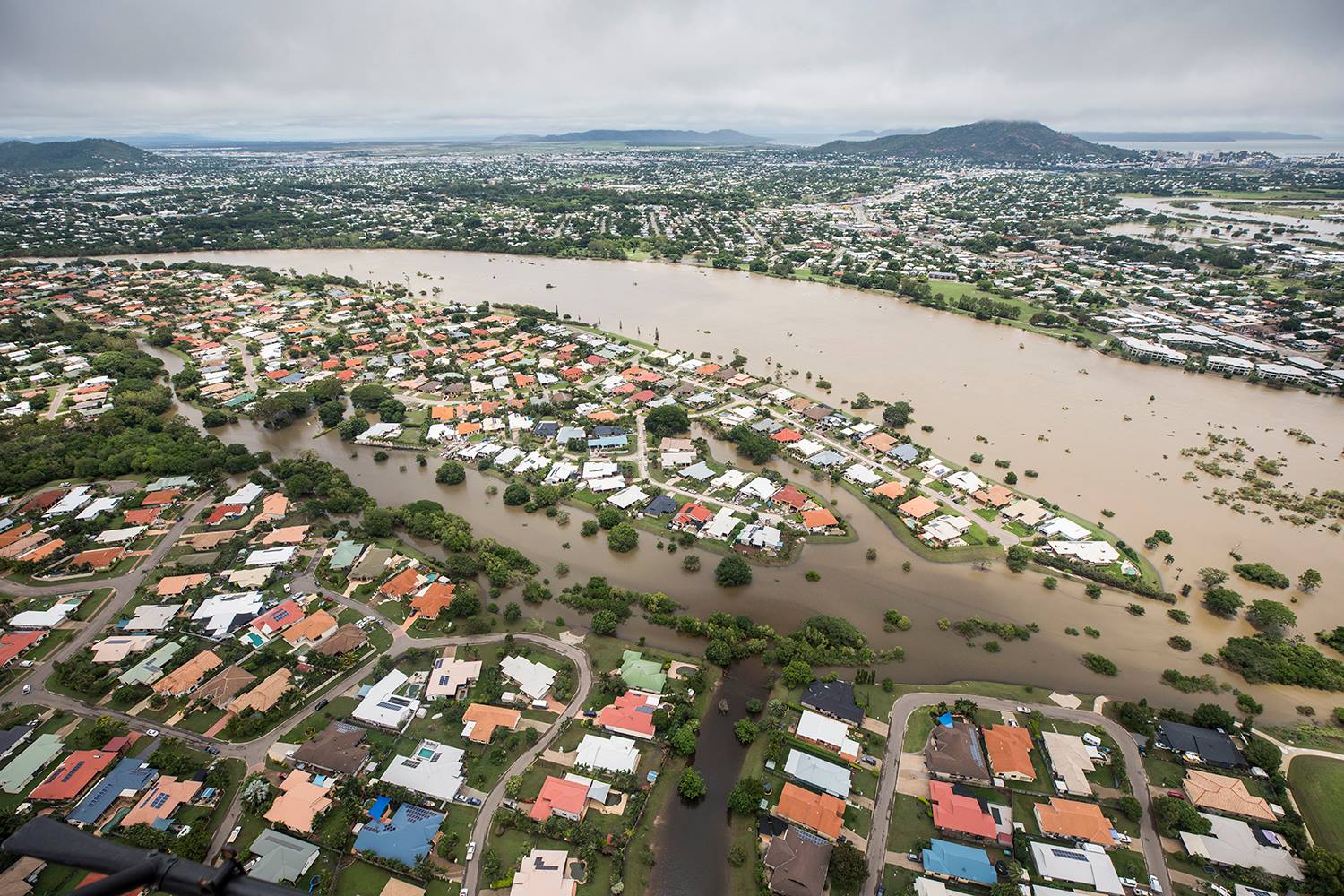A review into problems on the Millaa Millaa-Malanda Road in far north Queensland in July has found a variety of factors contributed to sealing issues including the makeup of the road surfacing material, atmospheric conditions, and traffic management.
Transport and Main Roads Minister Mark Bailey said the events that led to multiple vehicles being damaged were unacceptable, and he had given firm instruction to the Department of Transport and Main Roads that it could not happen again.
“As soon as I became aware of this matter I contacted my Director General,” Mr Bailey said.
“Now that we have this report showing what led to the issue, I don’t expect to see similar incidents around the state.
“A separate resealing issue that occurred near Marlborough on the Bruce Highway several weeks later remains under review, and it is still too early to say if the two conditions were comparable.”
News reports at the time told of scores of vehicles ‘glued’ to Millaa Millaa-Malanda Road in Tarzali due to unset bitumen and a spate of cracked windscreens and other damage.
As of August 27, 51 claims had been returned to TMR from people seeking compensation for damage caused by tar on Millaa Millaa-Malanda Road and 112 stone chip claims were submitted.
Independent investigation
Mr Bailey said the investigation was undertaken by an independent expert, in consultation with the Department of Transport and Main Roads (TMR) and its contractor, COLAS.
“The report concludes the issue was caused by a number of different factors, including spray seal rates, spray seal mix, aggregate size, variable underlying surface texture and higher levels of moisture,” Mr Bailey said.
“The report also identified that the road was affected in-part due to traffic management during brooming of aggregate that had come loose.
“Traffic management on the day allowed south bound vehicles to stop on exposed binder where stripping of aggregate had occurred.
“During this time, vehicle tyres became stuck to the exposed binder and this contributed to the seal binder lifting.”
Guidance to manage seal risks
Mr Bailey (right) said the design and application of road seals was a complex and technical process.
“TMR requires all seal designs to be undertaken by designers who have completed the Australian Asphalt Pavement Association (AAPA) Sprayed Sealing Selection and design course,” he said.
“The department works alongside AAPA and will look at the recommendations from the investigation through its existing strategic alliance.
“We have now developed and circulated additional guidance for immediate implementation to help manage seal risks.
“TMR will look closely at the recommendations and learnings from the independent report to determine what additional steps may be needed to ensure this does not happen again.
“Measures may include updating TMR’s specifications, increasing the use of crumb rubber (recycled tyres) in seals and introducing a registration or similar system for contractors.
“We may also conduct research into the risk associated with sealing in a range of challenging conditions with the Australian Road Research Board.”
TMR has been hosting detailed spray sealing workshops across Queensland, and are open to both departmental and external participants. To register, follow the link below.


